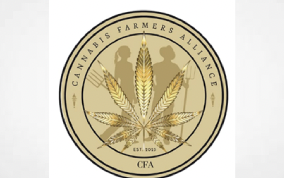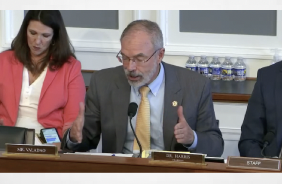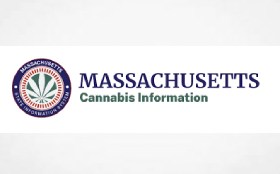Originally published at JD Supra
In 2020 the legal segment of the marijuana industry exceeded $10 billion dollars in the United States with California alone generating $3.1 billion in sales in 2019, and Colorado in a close second at $1.6 billion. With the solidified foothold the industry has gained in the marketplace and the sheer lucrativeness of the industry, previously unrelated businesses are ceasing the opportunity to modify and pivot existing features and services to support MRBs. While direct supporting contact with a Tier I businesses will likely cause a businesses classification to be labeled Tier II, Tier III businesses do not specifically focus on selling to Tier I. Instead Tier III businesses only incidentally sell to MRBs, their primary source of income may come from other revenue sources. Tier III businesses could therefore include by way of example, software companies that develop tracking and tracing programs for state agencies, producers of the tracking and tracing tags, registered agents, manufacturers that develop items supporting greenhouses, and businesses supporting the transportation industry.
Why does your classification and defending your classification actually matter? Mainly because businesses need the ability to interact with financial institutions in order to stay in business, pay their employees, taxes, vendors, and so forth. The United States Financial Intelligence Unit, or FinCEN, has stepped in to assist financial institutions in banking these customers. FinCEN holds that the enforcement priority for banking MRBs accounts includes: preventing the distribution of marijuana to minors; preventing revenue from the sale of marijuana from going to criminal enterprises; preventing the diversion of marijuana from states where it is legal in some form to other states where it is not; preventing state-authorized marijuana activity from being used as a cover or pretext for the trafficking of other illegal drugs or other illegal activity; preventing violence and the use of firearms in the cultivation and distribution of marijuana; preventing drugged driving and the exacerbation of other adverse public health consequences associated with marijuana use; preventing the growing of marijuana on public lands, and the attendant public safety and environmental dangers posed by marijuana production on public lands; and preventing marijuana possession or use on federal property.
Ensuring these goals are met in a relatively new industry framework from a financial institution’s point of view, typically has created a restrictive approach to Tier I and Tier II businesses. This means, those deemed to be Tier I and Tier II MRBs often find their accounts closed with major banking institutions with little or no ability to object to the closure. One of the best ways to ensure your company does not face this dilemma and is able to continue interfacing with the United States financial marketplace seamlessly is to prepare supporting documentation establishing a Tier III classification. This can be achieved in a number of ways depending on the specific type of product and services a business offers.
It is important to note the main goal for financial institutions is to effectively manage the activities of the bank, and banking MRBs is no different. Auditors will be looking to ensure the institution has taken the time to develop and implement strong policies, procedures, and controls around the bank’s activities. Strong controls and effective account management ensure these activities do not add unwanted risk to the institution or its products. Thus, as an MRB, ensuring a strong AML/BSA compliance policy is equally warranted to ensure financial institutions of the business’s dedication to follow all industry related regulatory laws.
Source: https://www.jdsupra.com/legalnews/the-benefit-of-achieving-tier-iii-6211442/

















